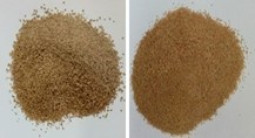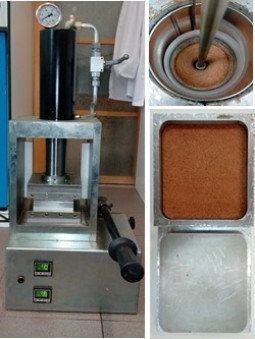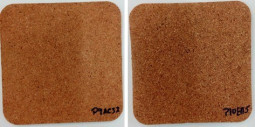Development of Sustainable Polymer Solutions
Biobased Polyols Obtained through Oxypropylation Processes
Nowadays a great interest is devoted to the production and use of biobased products. Oxypropylation is a polymerization process that introduces grafts of poly (propylene oxide) from available hydroxyls, leading to the conversion of biomass residues into liquid polyols. Theoretically, any biomass residue containing hydroxyl groups (e.g. lignin, sugar beet pulp, cork, olive stone, date seed, rapeseed cake, etc.) can be transformed by oxypropylation. Two different approaches can be followed: (i) total oxypropylation to produce liquid polyols and (ii) partial oxypropylation to produce biphasic polyols (liquid polyols reinforced with biomass of the same nature). The produced liquid polyols can be used to produce polyurethanes (mainly rigid polyurethane foams) and polyesters, and the biphasic polyols to produce one-source composites.
The substrates, comprising agro-industrial residues and by-products of the pulp and paper industry, studied so far are: lignin, olive stone, almond shell and Brazilian pine-fruit shell.
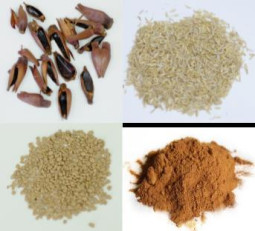

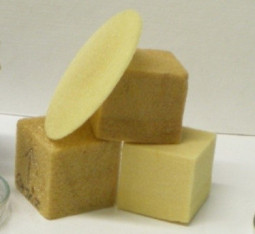
C.A. Cateto, M.F. Barreiro, C. Ottati, M. Lopretti, A.E. Rodrigues, M.N. Belgacem. Lignin-based rigid polyurethane foams with improved biodegradation. Journal of Cellular Plastics, 50, 81-95, 2014
J.S. Amaral, M. Sepulveda, C.A. Cateto, I.P. Fernandes, A.E. Rodrigues, M.N. Belgacem, M.F. Barreiro. Fungal degradation of lignin-based rigid polyurethane foams. Polymer Degradation and Stability, 97, 2069-2076, 2012
M. Matos, M.F. Barreiro, A. Gandini. Olive stone as a renewable source of biopolyols. Industrial Crops and Products, 32, 7-12, 2010
E.A. Borges da Silva, M. Zabkova, J.D. Araújo, C.A. Cateto, M.F. Barreiro, M.N. Belgacem, A.E. Rodrigues. An Integrated process to produce vanillin and lignin-based polyurethanes from kraft lignin. Chemical Engineering Research and Design, 87, 1276-1292, 2009
Water Based Polyurethane Dispersions
Water-based poly(urethane-urea) dispersions (PUD) have developed a solid reputation for high performance applications, particularly in the field of adhesives and coatings. PUDs have good film-forming ability at low temperatures and the produced films show excellent properties, such as good chemical resistance, high flexibility and good adhesion to a broad class of substrates. In the past recent years, PUD industry, and the prepolymer process in particular (the most representative process at industrial level), had to face important challenges due environmental restrictions imposed by EU legislation, implying in some cases, the substitution of some traditionally used raw materials. Moreover, emerging new markets are pushing this industry to search for new product solutions.
In this context, the work carried out so far comprised the development of a NMP-free process, and research on the development of antimicrobial and high performance PUDs.
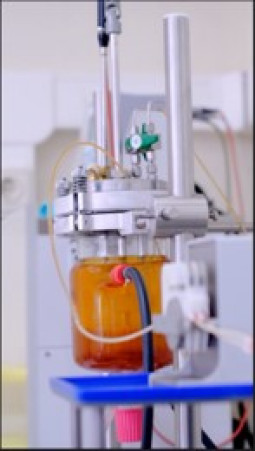
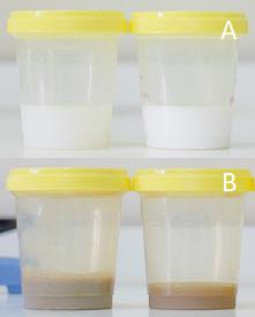
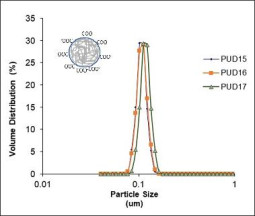

A. Santamaria-Echart, L. Ugarte, A. Arbelaiz, F. Barreiro, M.A. Corcuera, A. Eceiza. Modulating the microstructure of waterborne polyurethanes for preparation of environmentally friendly nanocomposites by incorporating cellulose nanocrystals. Cellulose, 24, 823-834, 2017
A. Santamaria-Echart, I.P. Fernandes, A. Saralegi, A., M.R.N. Costa, M.F. Barreiro, M.A. Corcuera, A. Eceiza. Synthesis of waterborne polyurethane-urea dispersions with chain extension step in homogeneous and heterogeneous media. Journal of Colloid and Interface Science, 476, 184-192, 2016
I.P. Fernandes, M.R.P.F.N. Costa, M.J. Ferreira, M.F. Barreiro. Water-based poly(urethane-urea) dispersions - meeting the European Union legislation. Polimery, 60, 536-540, 2015
Biobased Additives as Biodegradability Enhancers
Presently, given the widespread use of polymeric materials and associated waste management problems, the development of more biodegradable and environmental compatible solutions assumes an increasing importance. For this purpose, the incorporation of biobased additives, even at a low content, in polymer formulations (e.g. thermoplastic polyurethanes (TPU)) can promote biodegradation. These additives, when dispersed into a polymeric matrix, can constitute preferential sites for microorganisms’ attack thus favouring biodegradation initiation and progression. In addition, this strategy often leads to properties’ improvement of the base material (e.g. tear strength, tensile strength, elongation at break and flex resistance).
The work carried out so far comprised the incorporation of biobased additives (lignin, cellulose and starch) as biodegradability enhancers of TPU-based footwear components, and the application of lignin as reactive filler in PU flexible foams used for footwear insoles production, to improve resistance to fatigue and cushioning properties.

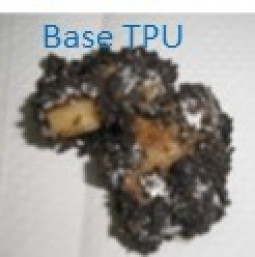

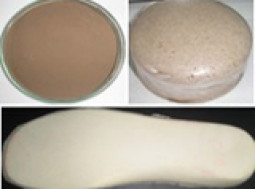
I.P. Fernandes, M. Barbosa, J.S. Amaral, V. Pinto, J.L. Rodrigues, M.J. Ferreira, M.F. Barreiro. Biobased additives as biodegradability enhancers with application in TPU-based footwear components. Journal of Renewable Materials, 4, 47-56, 2016
Lightweight and Flexible Cork Composites
Cork is a renewable material presenting high thermal and acoustic insulation properties, low thermal conductivity, fire resistance, aesthetic features and resistance to microbial activity, among others. Due to these features, cork is currently used in the production of footwear soles and insoles with remarkable performance. Nevertheless, the process of cork agglomeration uses mainly reactive binders (e.g. polyurethanes based on aromatic isocyanates), which lead to final products with low flexibility and lack of comfort properties. The search for new adhesives, or strategies to enhanced flexibility are thereafter relevant topics to study.
In this context, the work carried out so far comprised the study of the cork agglomeration process using water-based adhesives (e.g. polyurethane and acrylic dispersions). The production of cork agglomerates incorporating diverse biomass residues (e.g. almond shell, olive stone etc.) and expansive microparticles is also under evaluation.
